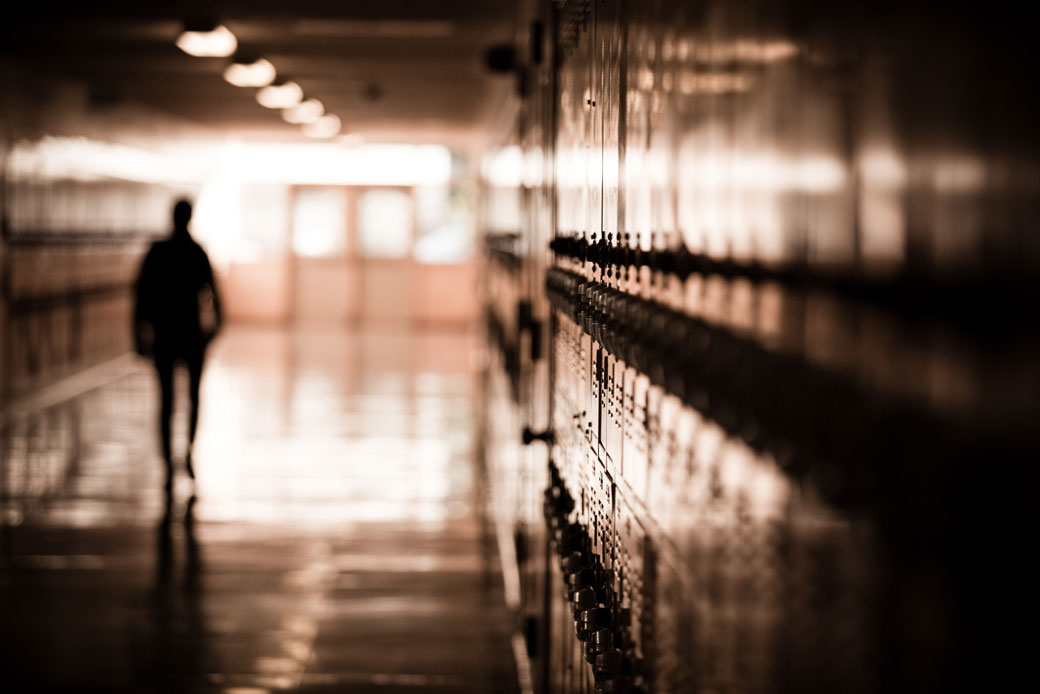How bad are school vouchers for students? Far worse than most people imagine. Indeed, according to the analysis conducted by the authors of this report, the use of school vouchers—which provide families with public dollars to spend on private schools—is equivalent to missing out on more than one-third of a year of classroom learning. In other words, this analysis found that the overall effect of the D.C. voucher program on students is the same as missing 68 days of school.
This analysis builds on a large body of voucher program evaluations in Louisiana, Indiana, Ohio, and Washington, D.C., all of which show that students attending participating private schools perform significantly worse than their peers in public schools—especially in math.1 A recent, rigorous evaluation of the D.C. Opportunity Scholarship Program from the U.S. Department of Education reaffirms these findings, reporting that D.C. students attending voucher schools performed significantly worse than they would have in their original public school.2
The analysis is timely given President Donald Trump and Education Secretary Betsy DeVos’ main education priority: to privatize education by creating and expanding voucher programs nationwide. In the Trump budget released in February, the president has suggested doubling investment in vouchers.3* But while President Trump and Secretary DeVos often assert that research backs their proposals, the evidence is lacking.
In order to add necessary context to the recent voucher research—and the debate over the budget—the authors compare the negative outcomes of one of these voucher programs—the D.C. Opportunity Scholarship Program—to other factors that negatively affect student achievement. That analysis also finds that the effect of vouchers on student achievement is larger than the following in-school factors: exposure to violent crime at school, feeling unsafe in school, high teacher turnover, and teacher absenteeism.
To be clear, the far-reaching negative effects of factors such as feeling unsafe in school cannot be overstated. For example, there is a large body of work that discusses the negative impact of exposure to violent crime on children’s well-being, including academic performance.5 Certainly, many of these factors are serious and are known to have a negative impact on multiple areas of child development. However, the comparisons made in this report focus only on how each in-school factor—violence at school, feeling unsafe, teacher turnover, and teacher absenteeism—affects school achievement.
Further, using the Center for Research on Education Outcomes (CREDO) formula, the authors of this report also found that the overall effect of the D.C. voucher program on students is the equivalent of 68 fewer days of schooling than they otherwise would have received had they remained in their traditional public school. In other words, the students who participated in the D.C. voucher program lost more than one-third of a year of learning.6 To be clear, translating this effect into days of learning is an approximation intended to help assess relative impact. In this case, 68 days lost is clearly substantial lost ground for students participating in the D.C. voucher program.




 Anything to downplay the issue. Also, they did get rid of Roe. The fact that they didn't succeed in the past is not evidence they will not succeed in the future.
Anything to downplay the issue. Also, they did get rid of Roe. The fact that they didn't succeed in the past is not evidence they will not succeed in the future.